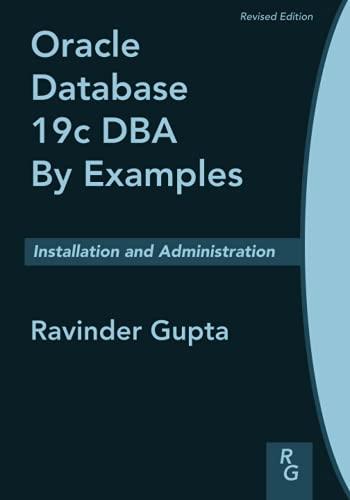Answered step by step
Verified Expert Solution
Question
1 Approved Answer
3.16 Using the program shown in Figure E3.35, explain what the output will be at lines X and Y. #include #include #include #define SIZE 5
- 3.16 Using the program shown in Figure E3.35, explain what the output will be at lines X and Y.
#include
#include
#include
#define SIZE 5
int nums[SIZE] = {0,1,2,3,4};
int main()
{
int i;
pid_t pid;
pid = fork();
if (pid == 0) {
for (i = 0; i lt; SIZE; i++) {
nums[i] *= -i;
printf("CHILD: %d ",nums[i]); /* LINE X */
}
}
else if (pid gt; 0) {
wait(NULL);
for (i = 0; i lt; SIZE; i++) {
printf("PARENT: %d ",nums[i]); /* LINE Y */
}
}
return 0;
}
Figure E3.35 What output will be at Line X and Line Y?
Step by Step Solution
There are 3 Steps involved in it
Step: 1

Get Instant Access to Expert-Tailored Solutions
See step-by-step solutions with expert insights and AI powered tools for academic success
Step: 2

Step: 3

Ace Your Homework with AI
Get the answers you need in no time with our AI-driven, step-by-step assistance
Get Started


